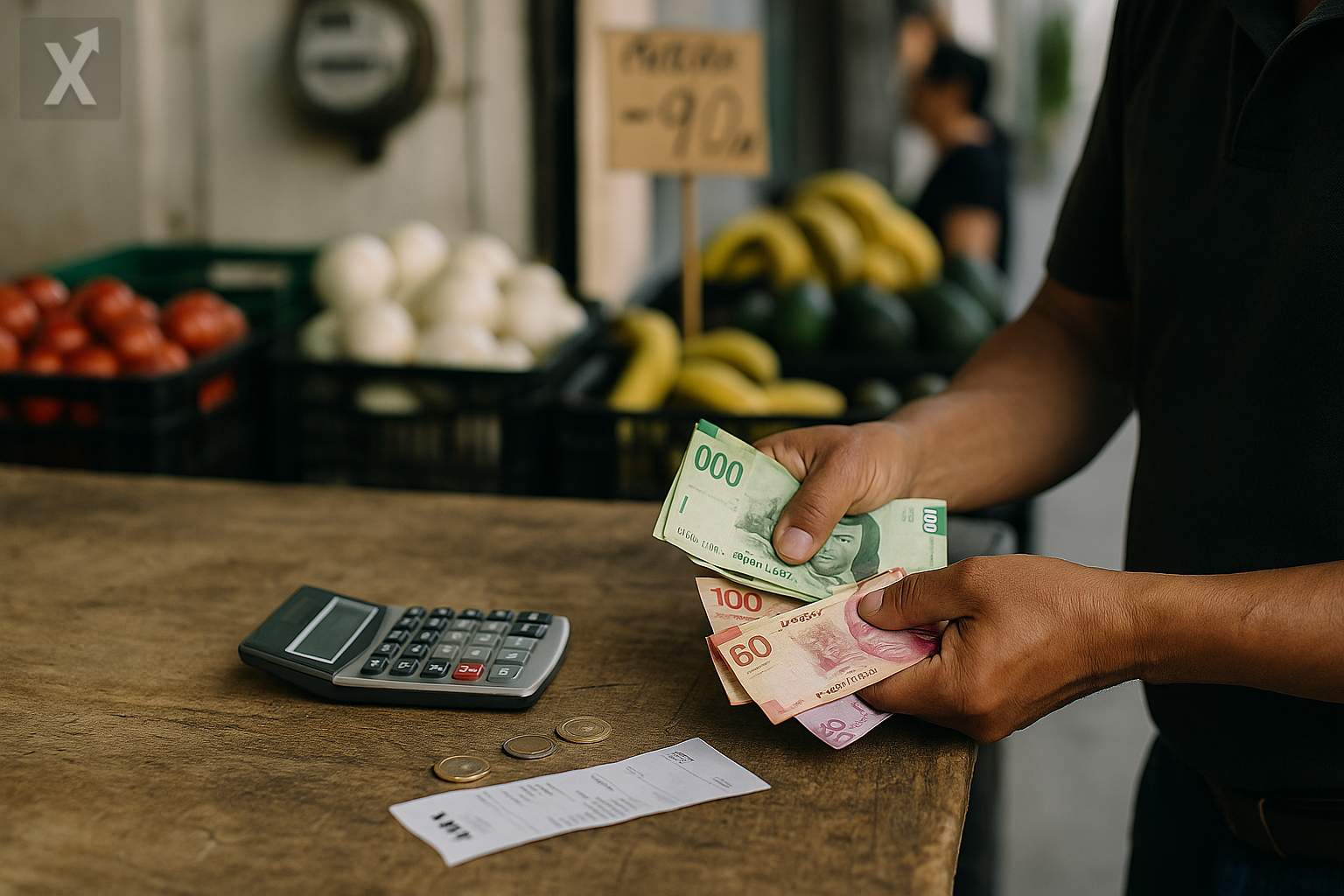Inflation Falls to 3.63% in First Half of October; Sticky Core Complicates Rate-Cut Path

Headline annual inflation stood at 3.63% in the first half of October, its lowest level for any half-month period since August, according to data from Inegi. This figure confirms the disinflation trend seen in recent months and keeps price variation close to Banco de México’s (Banxico) target of 3% ±1 percentage point. However, the path remains uneven across components.
Core inflation—which excludes the most volatile prices and better reflects medium-term inertia—held at 4.24% year-over-year, showing resistance to decline as rapidly as the non-core component. Stubbornness in services, linked to labor costs, rents, and still-solid domestic demand, continues to be a key concern for the central bank.
Under this backdrop, Banxico is assessing the pace of monetary normalization. After beginning a cycle of gradual rate cuts from a highly restrictive level, the Board of Governors has shown caution and internal disagreements over the timing and size of further adjustments. Upside risks on the horizon include updates to specific product taxes (such as sugary drinks and tobacco), the potential impact of new import tariffs—particularly on goods from Asian economies—and climate shocks affecting agricultural products. External factors also play a role: the still-tight stance of the U.S. Federal Reserve and the need to preserve interest rate differentials to anchor expectations and support the peso.
By component, a spike in electricity prices was one of the main drivers during the period, following the end of seasonal subsidies in 18 cities. There were also increases in air transportation, owner-occupied housing, package tour services, consumption at casual eateries, cafeterias, sandwich shops, and taco stands, as well as professional services, beef, taxis, and restaurant services. On the other hand, there were declines in agricultural products such as eggs, chicken, tomatoes, potatoes, tomatillos, avocados, oranges, bananas, serrano peppers, and limes, which helped cushion non-core inflation readings.
At the macroeconomic level, the appreciation of the peso against the dollar compared to previous years’ averages has helped contain pressure on imported goods, though volatility episodes tied to external interest rates and portfolio flows persist. On the real side, investment related to nearshoring continues to drive manufacturing and logistics, but also puts pressure on services and housing in industrial areas of the north and the Bajío, contributing to sticky core inflation. Looking ahead to 2025, the expected path toward fiscal consolidation could moderate aggregate demand, while adjustments in administered prices and rates will remain key variables for the inflation outlook.
Going forward, analysts predict that headline inflation may hover close to 4% in the coming months, with a slower convergence of the core component. In this context, Banxico is likely to maintain a cautious bias, calibrating any additional rate cuts to the evolution of core inflation, inflation expectations, and the overall balance of domestic and external risks.
In summary, the move to 3.63% confirms that disinflation is ongoing, but the core at 4.24% suggests patience is needed. The mixture of seasonal shocks (electricity), agricultural volatility, and solid services will keep monetary policy challenged. The future trajectory of interest rates will depend on whether stubborn service prices ease without compromising exchange rate stability and expectations.






